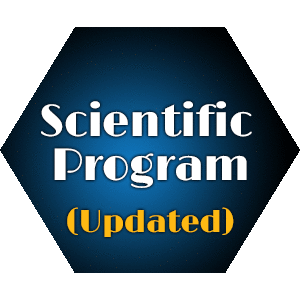Ildikó Bata-Vidács
Agro-Environmental Research Institute, Hungary
Title: Aflatoxin B1 and sterigmatocystin binding ability of lactic acid bacteria
Biography
Biography: Ildikó Bata-Vidács
Abstract
Among mycotoxins, aflatoxins are the strongest natural genotoxins. Aflatoxin B1 (AFB1) is produced by Aspergillus flavus and A. parasiticus strains. Sterigmatocystin (STC) is a precursor of aflatoxin, a not well characterized mycotoxin with only few publications. For detoxification of already contaminated substances, specific bacteria might be the solution with toxin binding abilities. In our present projects, the AFB1 and STC binding ability of lactic acid bacteria is being studied.
For toxinadsorption studies stains of lactic acid bacteria were tested in MRS broth with 0.2 ppm AFB1 or STC. The binding abilities of the strains were determined after incubation from 10 min to 48 hours by measuring the toxin content of the centrifuged biomass by HPLC method with UV detection.
The best AFB1 adsorption ability was found for L. plantarum TS23, L. paracasei MA2 and L. pentosus TV3 strains, binding nearly 10% of the toxin. Interestingly, for STC the binding rate was more than 20%. Neither AFB1 nor STC influenced the growth of bacterial strains at the tested concentration. It was found that 2 days of co-incubation was not required to bind the toxin, after 10 minutes, almost the same binding values ​​were obtained. Toxin binding was detected above 107 cells/ml.
There is literature on AFB1 degradation by lactobacilli, but there is no published publication on STC binding. Beyond basic research, lactobacilli as active ingredients of a biological AFB1-binding preparation could be an important innovation in feeding.
This work was supported by the NVKP- 16-1-2016-0009 and OTKA K116631 projects.

